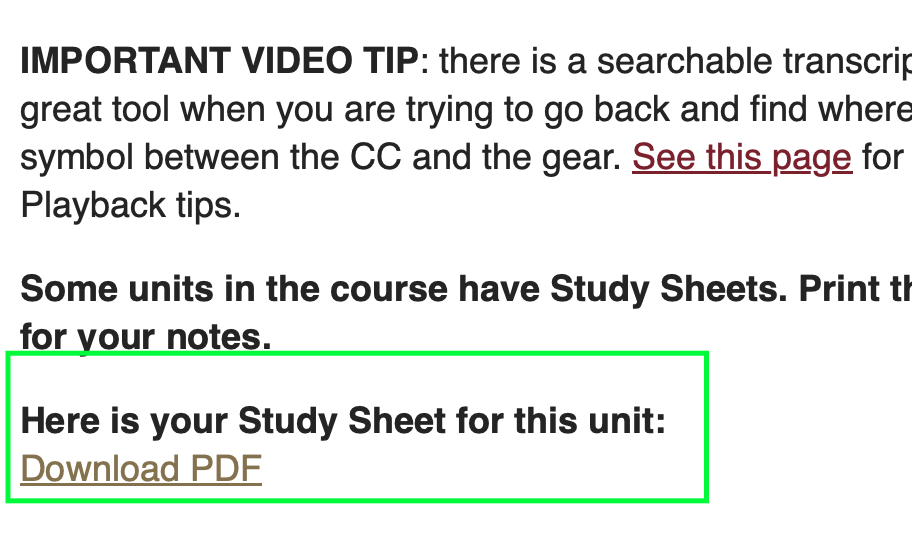Forum Replies Created
-
AuthorPosts
-
Hi Denis,
Our preference is the bell-type crimp connector sealed with a bit of silicon. But some folks have other opinions!Hi Jerry,
No problem – I just reset you. By the way, you’ll be sure to get the fastest response for a reset if you use the Quiz & Exam Reset Request form in the “Campus Support” menu when needed.Cheers!
I got a little more detail: A low-side leak, since it is on the side with a slight vacuum, will draw outside air/moisture into the system, which will quickly contaminate it and require replacement of compressor and filter drier. A high-side leak will cause refrigerant to exit the system, so it isn’t so damaging, at least in the short run. If it goes on long enough contamination can occur.
It says in the last video, about replacing the compressor, that when there is a low-side leak, you can assume that the compressor is contaminated with oil and must be replaced.
I’ll check with our tech team tomorrow to see if I can get you any more detail on that.
That is correct!
Nihar – I just sent you an email about these items.
Hi Joel,
Always feel free to ask when you are wondering about something!
I checked with the Samurai and he said that just saying “per fill” is the clearest way to put it. (A cycle often is just one fill, so the terms are often used interchangeably, but sometimes there are multiple fills in a cycle.)
Thanks for checking!
Hi Kevin,
#7 is correct.
#8: 120v each for all loads would only be correct if all 4 of these loads were in parallel with each other, which is not the case.
The Main Coil is wired in series with the Ignitor and Booster, not in parallel, so it cannot drop 120v. Also, if it were dropping any voltage, then the Ignitor and Booster could not be 120v each. *The closed detector switch has an impact on these loads that you missed.*
If you do the “Zen trick” from Unit 5, “become” the Ignitor, or the Booster. How do you reach N?
Do you not see this at the end of the unit, above the quiz?

Sure! There are only sheets for some of the units in Modules 2 and 4 at this point, but here you go!
The video to rewatch is the first one in Unit 5 – have you done that?
What we have here are two parallel circuits. The top one has an element, the bottom one has a fan motor.
Assume they are functioning fine – current going through each circuit.
Then, the diode, which is in the element circuit, fails open. (Don’t worry about what a diode is for this – just know that the element circuit is now open)
What happens to:
1. the convection element current (increase/decrease/no change)
2. the convection fan motor voltage drop (increase/decrease/no change)
3. the convection fan motor current (increase/decrease/no change)
4. Total current draw from L1 for all the parallel circuits shown in the schematic (increase/decrease/no change)Do you have any idea for any of these?
Hi Nihar,
The quizzes are set to offer two attempts to the student. It is up to the student whether or not they use the second attempt. If you get a high score on your first attempt, obviously you can just move on to the next lesson.This message: “Unfortunately you have reached the maximum limit of attempts you are permitted for this quiz” is just what the people who created the course software decided to display when the maximum number of attempts have been taken by the student.
In case you need more attempts to get the score you want on a quiz, we do have a reset program, just so you know.
Let me know if you have any other questions.
Hi Denis,
The only thing I see in Unit 10 is a video – where did you see the chart?January 3, 2025 at 10:34 am in reply to: Final Exam for the Core Appliance Repair Training Course, Part 1 #26851You are all set!
👍😁
-
AuthorPosts